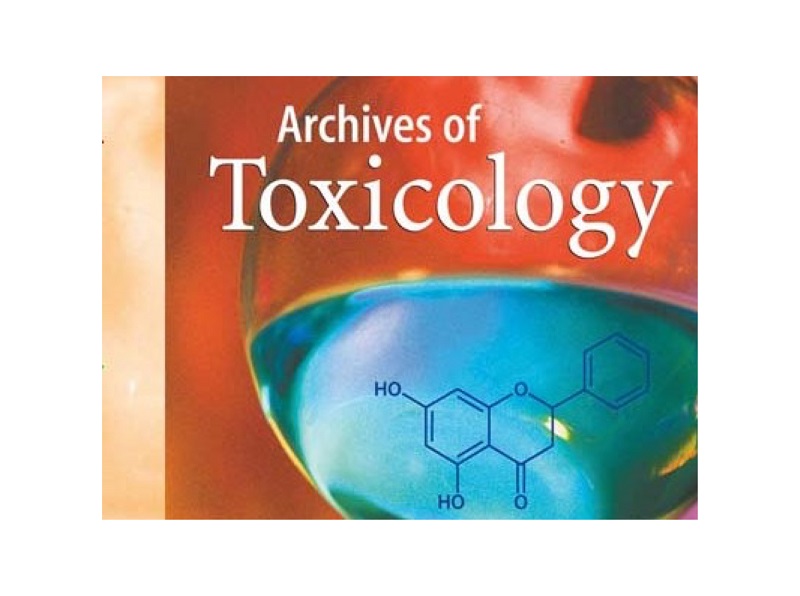ECETOC publishes workshop report on how to overcome final hurdles for using omics technologies in chemical safety assessments
The Centre for chemical safety assessment (ECETOC) convened an online workshop on 20 – 21 January 2022 to bring together experts from industry, regulatory and academic arenas to discuss how best to apply genomics in the regulation of chemicals. and the main takeaways from the workshop have been recently published on Archives of Toxicology.
The workshop was the last in a series of ‘technical methods development workshops’, looking back at what has been achieved in the omics technical space, as well as forward to the use of ‘omics data to estimate toxicological points of departure (POD) that can be used in chemical assessments.
PODs estimate the level of exposure to a substance that is unlikely to cause harm to human health. Specifically, it is the lowest dose or concentration observed to cause a toxic effect in laboratory animals – and is then adjusted to account for differences between animals and humans. Omics technologies have the potential to address the 3Rs of refinement, reduction, and replacement of animals used in research.
However, using omics technologies in regulatory toxicology presents several challenges that need to be addressed to ensure their effective implementation. The workshop was therefore designed to explore the final hurdles that need to be overcome to gain further acceptance for omics methods in chemicals regulation, in particular how to use PODs in ‘omics data.
The workshop was spread over two days with the first given over to presentations, both from the regulatory perspective as well as describing case studies and frameworks for the use and application of omics data in chemicals regulation. The second day was spent in breakout groups discussing a series of scientific questions around the use of ‘omics for regulating chemicals.
ECETOC was one of the first scientific organisations to systematically explore the application of omics methods – part of a group of methods known as New Approach Methodologies (NAMs) – to regulatory toxicology.
Omics is a group of scientific disciplines studying different aspects of biological systems at a large-scale, or global level. These include genomics (study of genomes), transcriptomics (study of gene expression), proteomics (study of proteins), metabolomics (study of metabolites), and others.
Omics technologies are used by toxicologists to understand the molecular mechanisms of toxicological responses and to identify biomarkers of exposure and effect. They are useful in predicting the toxicity of chemicals, assessing the risk associated with exposure, and developing strategies to mitigate the harmful effects of toxicants.
Some of the challenges with using omics include: data quality and reproducibility; interpretation of data; integrating omics data with other types of data; and the validation and verification of ‘omics data.
Omics technologies are still comparatively new and are not yet being used routinely by registrants and regulators to address the 3Rs of refinement, reduction, and replacement of animals used in research. The lack of uptake has occurred despite substantial investment in projects to develop these methods in the US, Canada and the EU.

